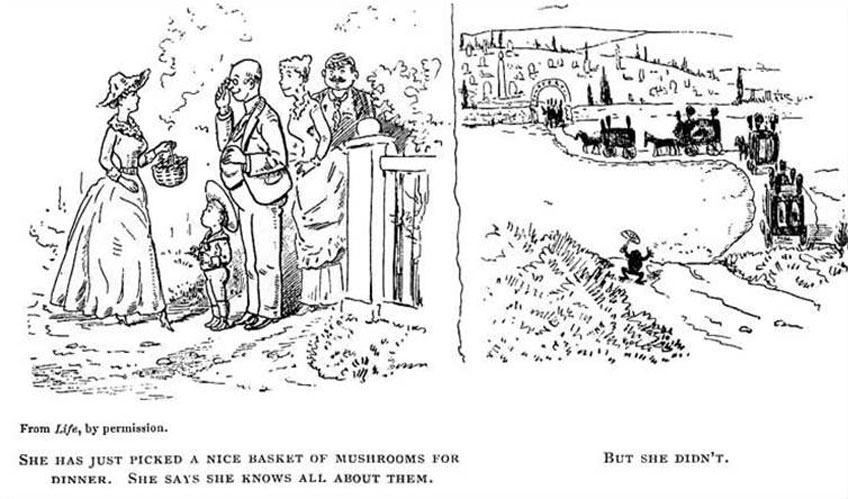What is an herbarium?

An herbarium is a collection of preserved plant or fungal specimens. Many herbaria were established throughout Europe in the 1600s during the age of exploration. Botanical gardens could no longer keep living collections of all the known species, and thus preserving and storing specimens became common practice. Many herbaria were established in the United States beginning in the 1800s. At present, the United States has over 400 registered herbaria with a total of 59 million specimens, making up nearly a quarter of the world's herbarium collections. The largest herbarium in the United States is the New York Botanic Gardens Herbarium, established in 1891, with over 7 million specimens. However, Europe's precedence remains intact, as the largest herbarium in the world is part of the National Natural History Museum in Paris, France with over 9.5 million specimens.
Herbarium specimens commonly include plants, conifers, ferns, mosses, liverworts and algae, as well as fungi and lichens. Most plant specimens are dried by pressing the tissues, allowing materials to be mounted on archival sheets or stored in packets. Bulkier plants and most fungi are dried without pressing, requiring longer amounts of time for processing, drying devices to maximize airflow and/or maintain temperatures, and the use of boxes for storage.
Additional names can be used for more specialized collections, for example:
- A collection of fungi is a Fungarium.
- A collection of plants is a Herbarium.
- A collection of wood specimens is a Xylarium.
- A collection of cultivated plants is a Hortorium.
The Purdue University Herbaria constitute two types of collections. The Kriebel Herbarium (PUL) contains plants, fungi, bryophytes, and algae, and thus the general term herbaria is used. The Arthur Fungarium (PUR), however, specifically contains only rust fungi (Pucciniales), and therefore the use of fungarium is more appropriate.
What is a type specimen?
According to a precise set of rules laid down by the International Code of Nomenclature for algae, fungi, and plants (ICN), the scientific name of every taxon is almost always based on one particular specimen. This is usually a physical specimen that must be accessioned in a museum or herbarium research collection.
Types are of great significance. When identifying material, a researcher attempts to apply a taxon name to a specimen or group of specimens, and this will be based on their understanding of the relevant taxa, using (at least) the type description, but preferably based on an examination of all the type material of all of the relevant taxa. If the taxon appears not to have been named, then the scientist or another expert designates a type specimen and publishes a new name and an official description.
This process is crucial to the science of biological taxonomy and biology as a whole, and these type collections are considered the lynchpin of biological research.
Designation of types
There are actually several classification of types. Here are the definitions of some common types:
- Holotype: When a single specimen is clearly designated in the original description, this specimen is known as the holotype of that species.
- Isotype: Any duplicate specimen of the holotype.
- Lectotype: Designated as the type when no holotype was identified by the original author, or when the holotype is lost or destroyed. It is chosen from among the specimens available to the original publishing author.
- Syntype: Any of two or more specimens listed in the original description of a taxon when a holotype was not designated.
- Isosyntype: A duplicate of a syntype.
- Paratype: A specimen not formally designated as a type but cited along with the type collection in the original description of a taxon.
- Neotype: A specimen chosen by a later researcher to serve in place of a holotype when all specimens available to the original publishing author of a scientific name have been lost or destroyed.
- Topotype: A specimen of a plant collected from the same locality as the holotype and usually on a different date. A topotype has no formal standing.
- Cotype: A term formerly used for syntype and sometimes (erroneously) for isotype and paratype. This is an old term that was used loosely and is not used by today's taxonomists.
What can you do with an herbarium collection?
Basic functions and Research
- Facilitate the discovery or confirmation of new species
- Provides ecological and range data for existing species
- Voucher scientific research
- Repository for type specimens
- Document rare or extinct species
- Material for morphological studies, and documentation of flowering and fruiting times
- Species locality data
- Provide data for agriculture, human health, biosecurity, forensics, control of invasive species, conservation biology, natural resources, and land management
- DNA analysis and sequencing
- For the first time, scientists decoded the genomes of a plant pathogen (i.e., Phytophthora infestans) and its hosts (i.e., potato, tomato) from dried herbarium samples. Link here.
- Document specialist's concepts
- Provide information on predators, pathogens and symbionts that may have been collected with the specimen
- Larvae of some Mycodiplosis species (Diptera) feed primarily on the spores of rust fungi and studies on these larvae have used herbarium specimens dating to the 1880s. Link here.
- Document climate change, from major CO2 changes and minor seasonal variation
- Chronicle information on expeditions and explorers
Education and Training
- Material for teaching
- Research projects
- Public workshops and awareness programs
- Internships and job opportunities
- Provide specimens for museum and educational exhibits

